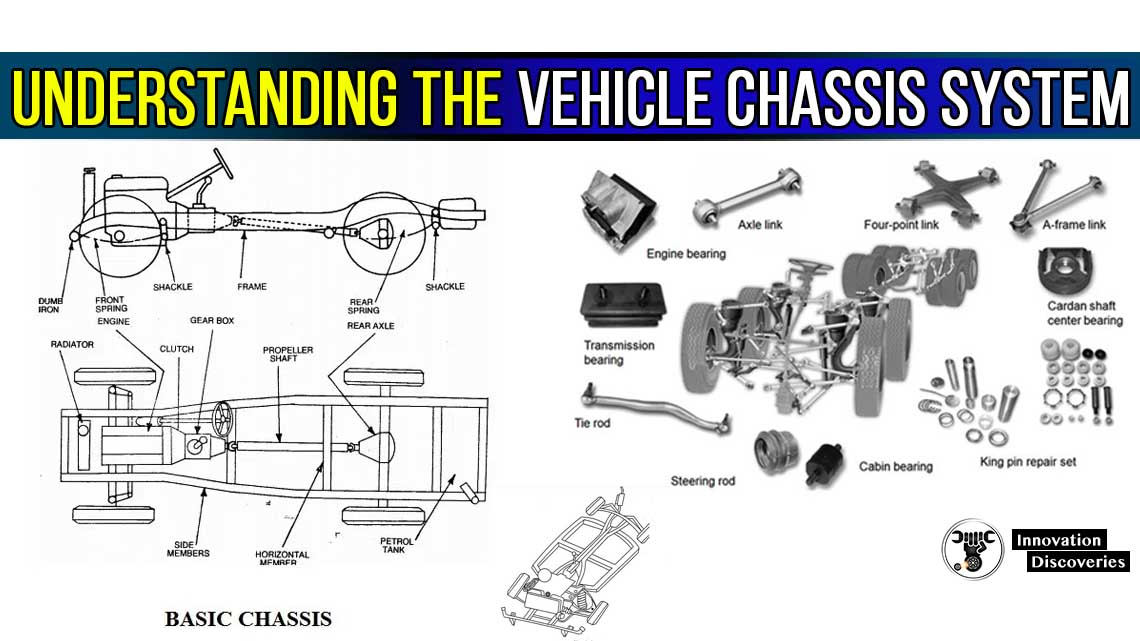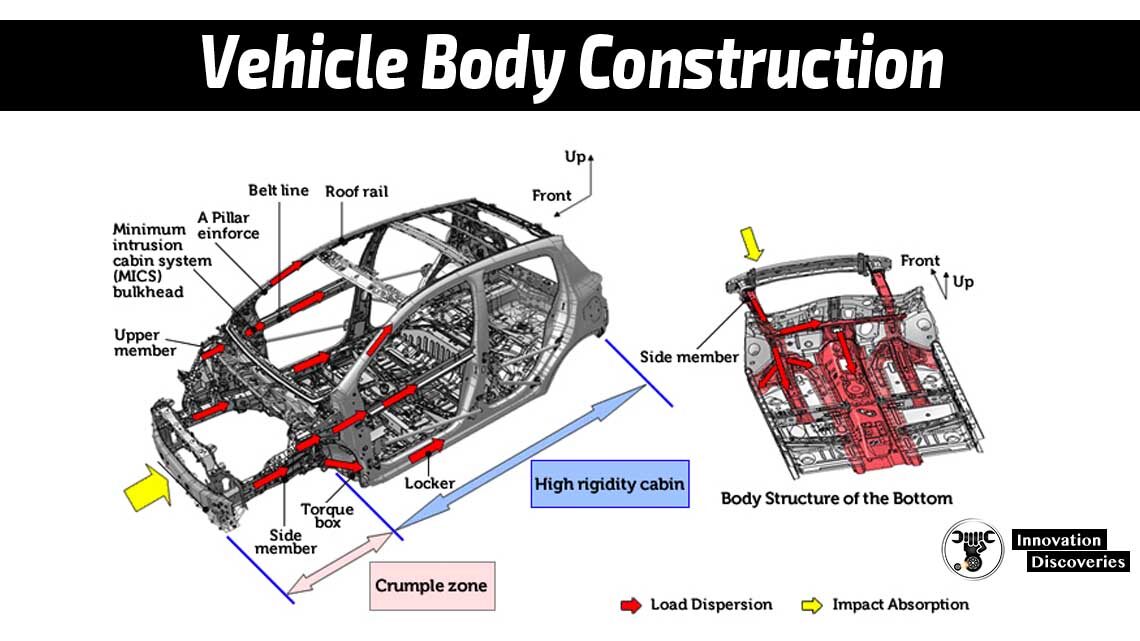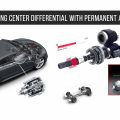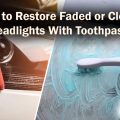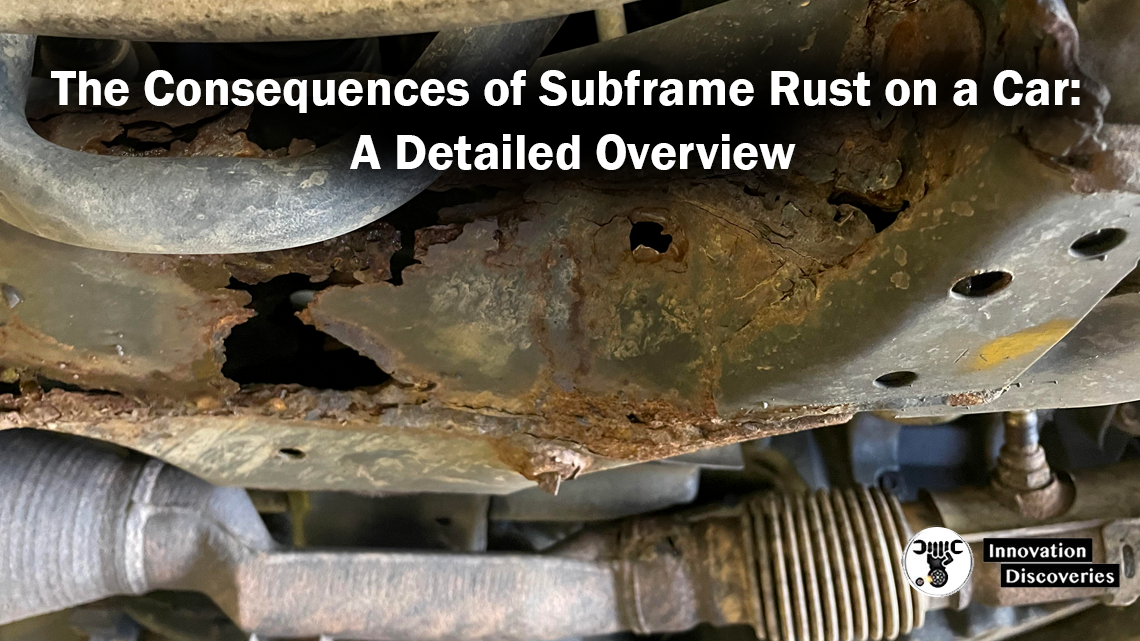
Introduction:
A subframe, also known as a subframe assembly, is an important structural component of a car that supports various mechanical and suspension parts. It is typically a separate frame that is mounted underneath the main body of the vehicle. Unfortunately, subframes are susceptible to rust, especially in regions with harsh weather conditions or where road salt is used. This article explores the consequences of subframe rust on a car, highlighting the potential risks and impacts it can have on both safety and performance.
1. Structural Integrity:
One of the primary concerns with subframe rust is its effect on the structural integrity of the vehicle. Rust weakens the metal, causing it to lose strength and structural stability. As the rust progresses, it can compromise the integrity of the subframe, leading to reduced rigidity and stability of the entire vehicle. This can impact the overall handling, steering responsiveness, and safety of the car.
2. Suspension System:
The subframe serves as a mounting point for various suspension components, including control arms, bushings, sway bars, and steering linkage. When rust develops on the subframe, it can affect these suspension parts, leading to potential issues. Rust can cause the mounting points to weaken, loosen, or even break, resulting in compromised suspension performance. This may lead to excessive vibrations, increased noise, poor alignment, and an overall deterioration of ride quality.
3. Alignment and Tire Wear:
Subframe rust can have a significant impact on wheel alignment. As the subframe loses its integrity, it may shift or become misaligned, affecting the proper positioning of the wheels. This misalignment can result in uneven tire wear, such as cupping or feathering, leading to reduced tire lifespan and the need for premature tire replacement. Improper alignment can also lead to steering instability, decreased fuel efficiency, and compromised handling.
4. Safety Concerns:
Subframe rust poses potential safety hazards. If the rust damage is severe enough, it can ultimately result in subframe failure, leading to catastrophic consequences. A weakened or failed subframe can compromise the structural integrity of the car during collisions or even routine maneuvers, increasing the risk of accidents and injuries. Furthermore, compromised suspension components due to rust can affect the car’s ability to handle emergency maneuvers and maintain proper control, further compromising safety.
5. Repair Challenges and Costs:
Addressing subframe rust can be challenging and costly, particularly if the damage is extensive. In some cases, repair may involve replacing the entire subframe assembly, which can be a labor-intensive process. Additionally, locating suitable replacement parts for older or less common vehicles might be difficult, further adding to the costs and time required for repairs.
Conclusion:
Subframe rust on a car can have severe consequences, affecting the structural integrity, suspension system, alignment, tire wear, and overall safety of the vehicle. Regular inspections, routine maintenance, and addressing rust issues promptly can help mitigate these risks. If you suspect subframe rust, it is recommended to consult a qualified mechanic or body shop to assess the extent of the damage and determine the appropriate course of action. Timely repairs and maintenance can help ensure the long-term safety and performance of your vehicle.
Visit Forum
Visit Our Friendly Website


